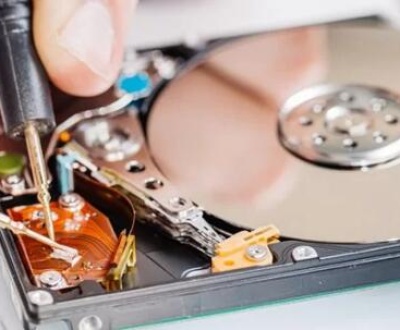Losing data from an SD card can be a distressing experience, whether due to accidental deletion, formatting, or corruption. Thankfully, there are methods to recover deleted data without spending a dime.
SD cards (Secure Digital cards) are popular storage devices used in cameras, smartphones, and other portable devices. Their convenience often leads to frequent use, making them susceptible to data loss. Understanding how SD cards store data is crucial for effective recovery.
Types of Data Loss
Accidental Deletion: This happens when files are deleted intentionally or mistakenly.
Formatting: Formatting an SD card removes the file system, making files inaccessible.
Corruption: This can occur due to improper ejection, physical damage, or malware.
Preparing for Recovery
Before attempting to recover deleted files, ensure you stop using the SD card immediately. Continuing to write new data can overwrite the deleted files, reducing the chances of recovery.

Recovery Software Options
Several free data recovery software options can help you retrieve deleted files from your SD card. Here are a few reliable choices:
Recuva: A user-friendly option that works well for recovering various file types. It offers both a quick and deep scan mode.
PhotoRec: This open-source tool specializes in recovering photos, but it can also retrieve many other file types. It operates in a command-line interface, which may be daunting for some users.
Disk Drill: While it has a premium version, the free version allows basic recovery features and a simple user interface.
Step-by-Step Recovery Process
Download and Install Recovery Software
Choose one of the recommended software tools and download it from the official website.
Install the software on your computer, ensuring that it’s not installed on the SD card to avoid data overwriting.
Insert the SD Card
Use an SD card reader to connect your card to the computer. Ensure the connection is secure.
Launch the Software
Open the recovery software you installed. Most programs will automatically detect connected storage devices.
Select the SD Card
Choose the SD card from the list of available drives in the software.
Scan the SD Card
Start the scanning process. You can choose a quick scan or a deep scan, depending on your needs. A deep scan takes longer but is more thorough.
Review Scanned Files
Once the scan is complete, the software will display a list of recoverable files. You can often filter by file type or search by name.
Recover the Files
Select the files you wish to recover. Save them to a different location on your computer—never back them up to the same SD card.
Check Recovered Files
After recovery, verify that the files are intact and usable.
Troubleshooting Common Issues
Files Not Found: If your software doesn’t find any files, consider using another recovery tool or running a deep scan.
Corrupted Files: Some recovered files may be corrupted. In such cases, specialized file repair tools may be necessary.
SD Card Not Recognized: If your computer doesn’t recognize the SD card, check the card reader, try another USB port, or test the card in a different device.
Preventing Future Data Loss
Regular Backups: Always back up important files to another device or cloud storage.
Safely Eject SD Cards: Use the “eject” feature on your computer to avoid corruption.
Avoid Overfilling the Card: Keep some free space available to reduce the risk of corruption.
Use Antivirus Software: Regularly scan your devices for malware that can cause data loss.
Recovering deleted data from an SD card for free is possible with the right approach and tools. By understanding the types of data loss, selecting appropriate recovery software, and following the recovery process, you can effectively retrieve your lost files. Additionally, implementing preventive measures can help protect your data in the future. Always remember to act quickly and avoid using the SD card after data loss for the best chances of recovery.
About us and this blog
Panda Assistant is built on the latest data recovery algorithms, ensuring that no file is too damaged, too lost, or too corrupted to be recovered.
Request a free quote
We believe that data recovery shouldn’t be a daunting task. That’s why we’ve designed Panda Assistant to be as easy to use as it is powerful. With a few clicks, you can initiate a scan, preview recoverable files, and restore your data all within a matter of minutes.
Subscribe to our newsletter!
More from our blog
See all postsRecent Posts
- Data recovery salt lake city utah 2025-04-18
- Data recovery sacramento 2025-04-18
- Data recovery miami 2025-04-18

 Try lt Free
Try lt Free Recovery success rate of up to
Recovery success rate of up to









